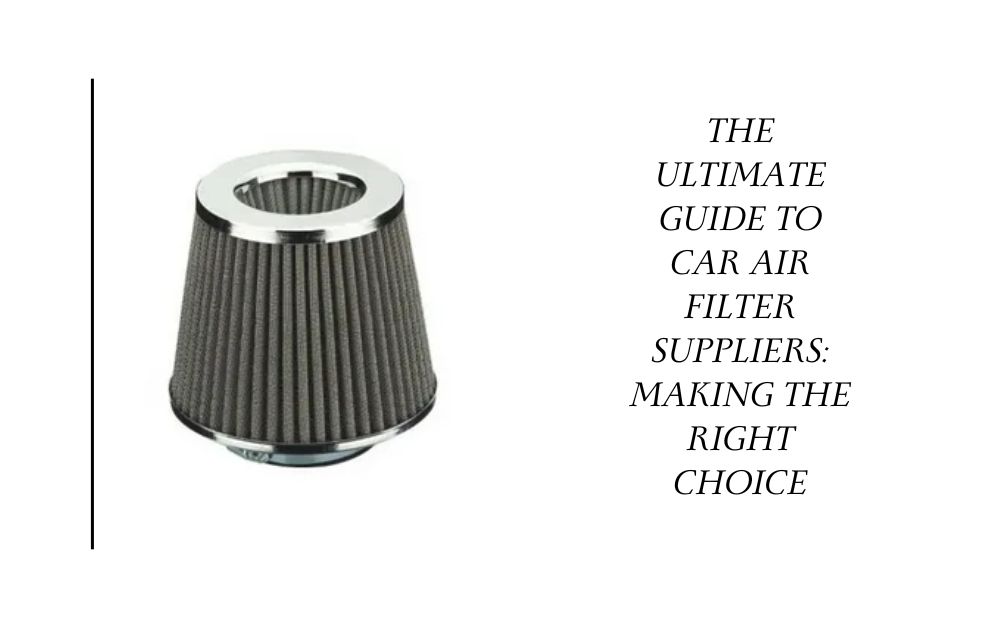The Role of Aerodynamics in Enhancing Vehicle Efficiency
**The Science of Aerodynamics: How Design Impacts Performance**
Aerodynamics, the study of the movement of air, plays a pivotal role in enhancing vehicle efficiency. By understanding the principles of aerodynamics, engineers can design vehicles that minimize drag and maximize fuel economy.
Drag, the force that opposes the motion of an object through a fluid, is a significant factor in vehicle performance. Aerodynamic design aims to reduce drag by streamlining the vehicle’s shape and minimizing its frontal area. This can be achieved through various techniques, such as sloping the windshield, rounding the edges, and incorporating aerodynamic features like spoilers and diffusers.
Spoilers, located at the rear of the vehicle, help to reduce drag by creating a low-pressure zone behind the car. This zone draws air from the sides, reducing the pressure difference between the front and rear of the vehicle and thus decreasing drag. Diffusers, positioned under the car, work similarly by creating a high-pressure zone under the vehicle, which helps to reduce lift and improve stability.
In addition to reducing drag, aerodynamics also plays a role in cooling the vehicle’s engine and brakes. By directing airflow over these components, engineers can ensure that they operate at optimal temperatures, improving performance and longevity.
The science of aerodynamics has been applied to various types of vehicles, from cars and trucks to airplanes and high-speed trains. In the automotive industry, aerodynamic design has become increasingly important as fuel efficiency regulations become more stringent. By incorporating aerodynamic principles into their designs, manufacturers can create vehicles that consume less fuel and emit fewer emissions.
In the aerospace industry, aerodynamics is crucial for achieving efficient and safe flight. The shape of an aircraft’s wings, fuselage, and tail are carefully designed to minimize drag and maximize lift. This allows aircraft to fly at high speeds while consuming less fuel.
Aerodynamics is a complex and ever-evolving field. As technology advances, engineers continue to develop new and innovative ways to improve vehicle efficiency through aerodynamic design. By understanding the principles of aerodynamics, we can create vehicles that are not only more efficient but also more environmentally friendly.
Understanding the Impact of Aerodynamic Forces on Aircraft Performance
**The Science of Aerodynamics: How Design Impacts Performance**
Aerodynamics, the study of the movement of air, plays a pivotal role in aircraft performance. Understanding the principles of aerodynamics enables engineers to design aircraft that are efficient, stable, and capable of achieving optimal flight characteristics.
The primary aerodynamic forces acting on an aircraft are lift, drag, weight, and thrust. Lift, generated by the shape of the wings, opposes the force of gravity and keeps the aircraft airborne. Drag, caused by air resistance, opposes the aircraft’s forward motion. Weight is the downward force exerted by gravity, while thrust, produced by the engines, propels the aircraft forward.
The design of an aircraft’s wings is crucial for generating lift. The shape of the wing, known as its airfoil, creates a pressure difference between the upper and lower surfaces. The higher pressure on the lower surface generates an upward force, known as lift. The angle of attack, the angle at which the wing meets the oncoming air, also affects lift. Increasing the angle of attack increases lift but also increases drag.
Drag is a significant factor in aircraft performance. It reduces the aircraft’s speed and efficiency. Engineers employ various techniques to minimize drag, such as streamlining the aircraft’s shape, using retractable landing gear, and incorporating winglets at the wingtips.
The weight of an aircraft is a critical consideration. Excessive weight can reduce performance and increase fuel consumption. Engineers strive to use lightweight materials and optimize the aircraft’s structure to minimize weight while maintaining strength and safety.
Thrust, generated by the aircraft’s engines, is essential for overcoming drag and propelling the aircraft forward. The type and size of the engines used depend on the aircraft’s size, weight, and performance requirements.
By carefully considering the interplay of these aerodynamic forces, engineers can design aircraft that meet specific performance objectives. For example, aircraft designed for high-speed flight typically have sleek, streamlined shapes to minimize drag. In contrast, aircraft designed for short-takeoff and landing (STOL) capabilities have wings with high lift-to-drag ratios to enable them to operate in confined spaces.
Aerodynamics is a complex and ever-evolving field. Ongoing research and advancements in computational fluid dynamics (CFD) and wind tunnel testing continue to enhance our understanding of aerodynamic phenomena and enable the design of increasingly efficient and capable aircraft.
The Science Behind Optimizing Aerodynamic Design for Sports Equipment
**The Science of Aerodynamics: How Design Impacts Performance**
Aerodynamics, the study of the movement of air, plays a crucial role in optimizing the performance of sports equipment. By understanding the principles of aerodynamics, engineers can design equipment that minimizes drag and maximizes lift, resulting in improved speed, efficiency, and control.
Drag, the force that opposes the motion of an object through a fluid, is a significant factor in sports equipment performance. Streamlined designs, such as the teardrop shape of a bicycle helmet, reduce drag by minimizing the surface area exposed to the air. Additionally, dimples or grooves on the surface of equipment, like golf balls, create turbulence that reduces drag and enhances lift.
Lift, the force that opposes gravity, is essential for sports equipment that requires flight or buoyancy. Airfoils, such as the wings of an airplane or the sails of a boat, are designed to generate lift by creating a pressure difference between their upper and lower surfaces. The shape and angle of the airfoil determine the amount of lift generated.
The design of sports equipment also considers the Reynolds number, a dimensionless parameter that describes the ratio of inertial forces to viscous forces acting on an object in a fluid. At low Reynolds numbers, viscous forces dominate, while at high Reynolds numbers, inertial forces become more significant. By understanding the Reynolds number range in which the equipment will operate, engineers can optimize the design for the specific conditions.
For example, in cycling, the Reynolds number of a bicycle frame and wheels varies depending on the speed and wind conditions. By designing the frame and wheels with appropriate aerodynamic features, such as airfoil shapes and dimples, engineers can reduce drag and improve the cyclist’s efficiency.
In swimming, the design of swimsuits and goggles plays a crucial role in reducing drag and enhancing performance. Streamlined swimsuits minimize surface area and create a smooth surface for water to flow over. Goggles with low-profile lenses and anti-fog coatings reduce drag and improve visibility.
The science of aerodynamics is continuously evolving, with new technologies and materials emerging to further optimize the performance of sports equipment. By understanding the principles of aerodynamics and applying them to design, engineers can create equipment that enables athletes to achieve their full potential and push the boundaries of human performance.




